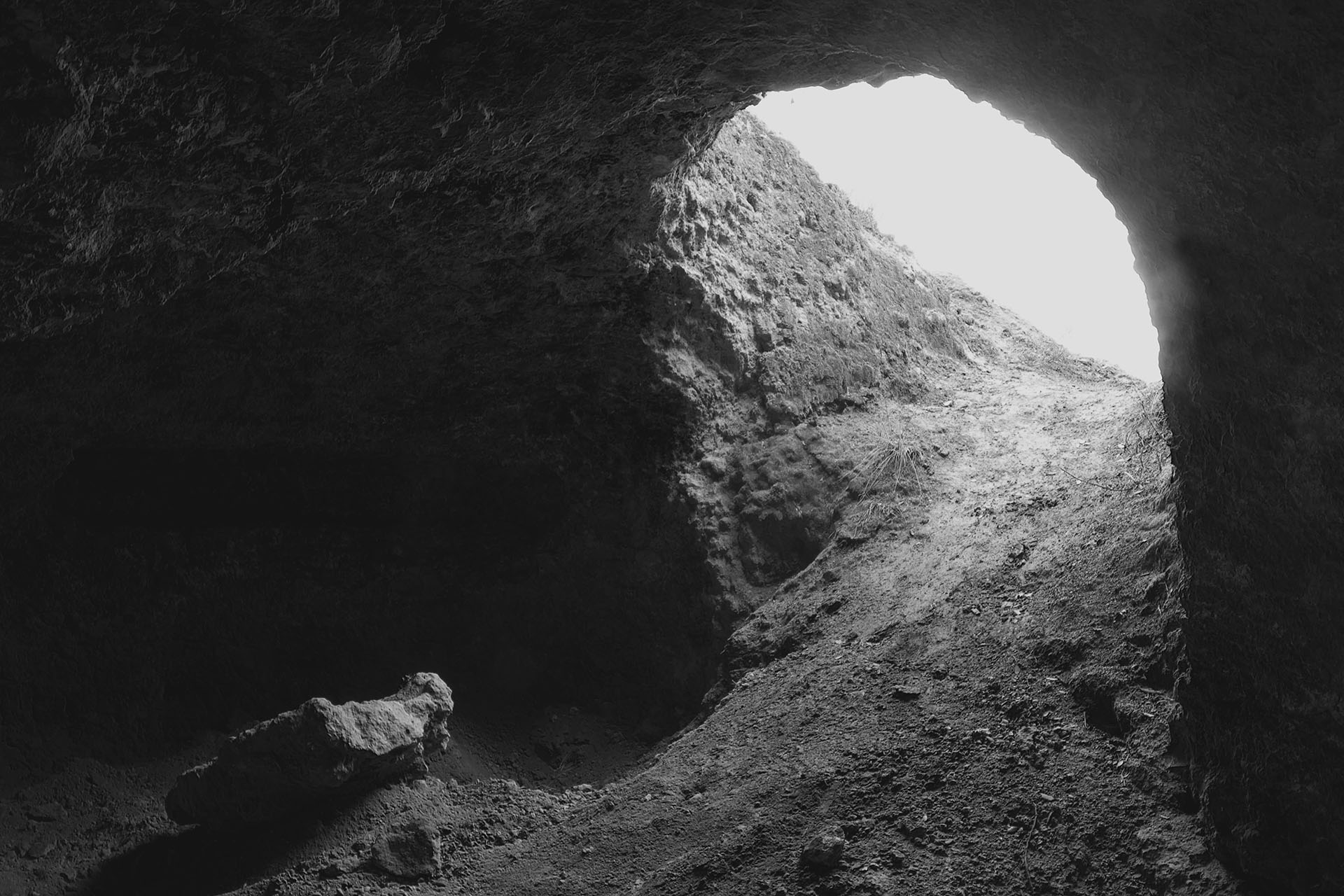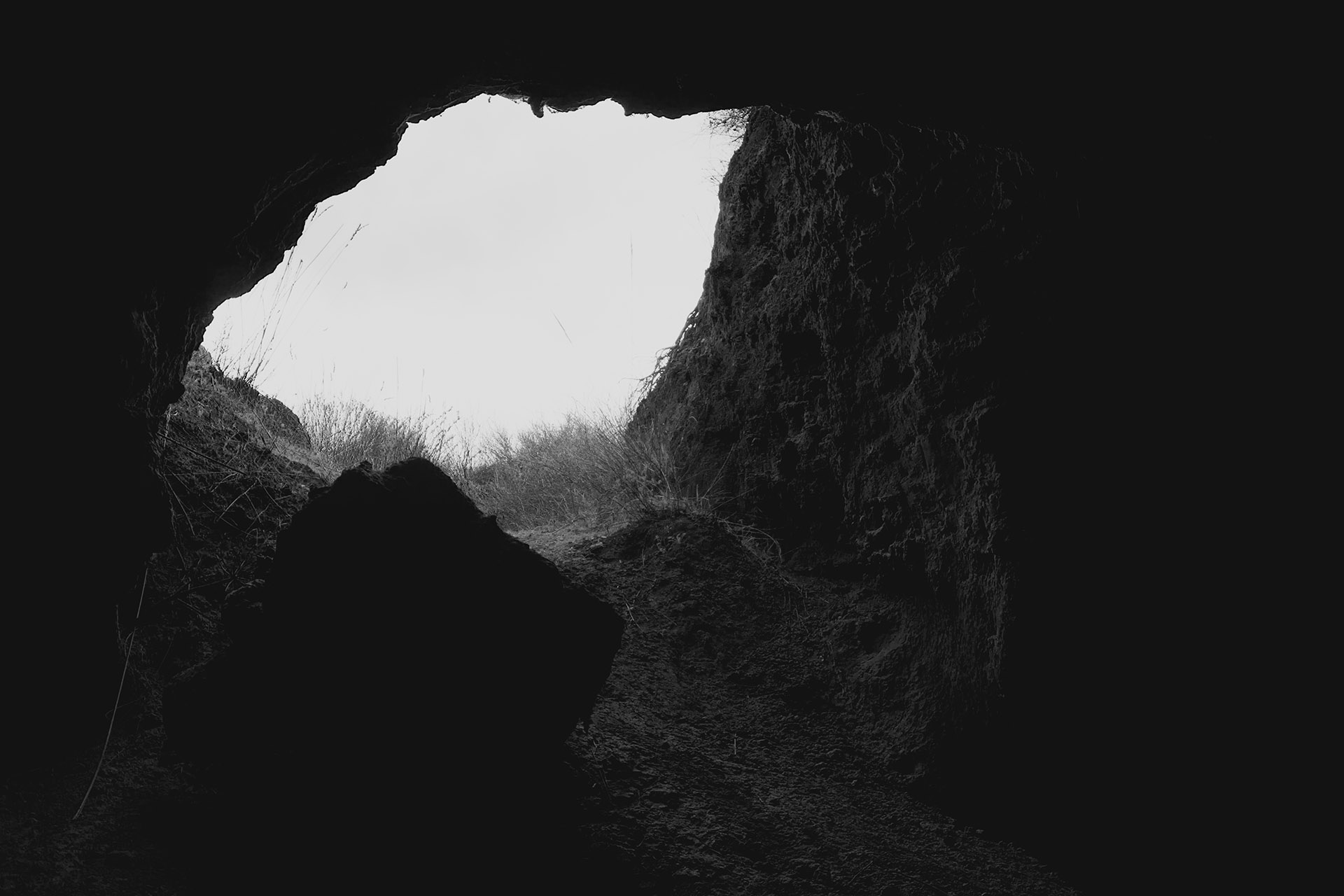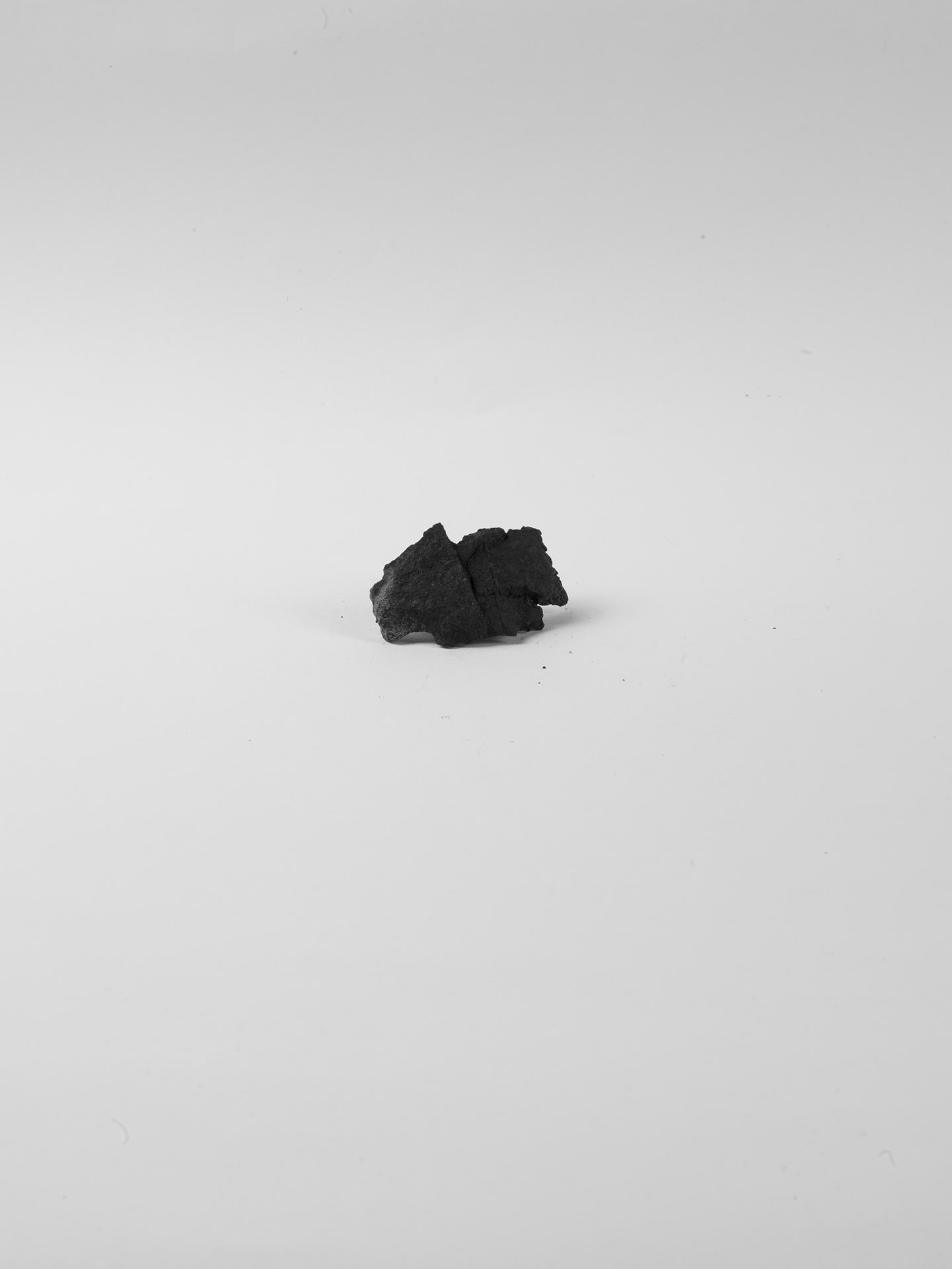En las entrañas de la colina no hay espacio para el idilio. El orden lógico del campo, su composición, su naturaleza, se ha visto impugnado por la guerra. (...)
There is no room for the idyll in the entrails of the hill. The logical order of the countryside , its composition, its nature, has been challenged by war.(...)

... Corrimos para cubrirnos y Charlie Donnelly, el comandante de una compañía irlandesa, se cubrió detrás de un olivo. Cogió un puñado de olivas de la tierra y las fue exprimiendo. Lo sentí decir algo lacónicamente, en un respiro en el fuego de las ametralladoras: Even the olivas are bleeding ("Incluso las olivas sangran").
Cuando los miembros británicos de las Brigadas Internacionales alcanzaron la cima de la colina cavaron una trinchera durante toda la noche con sus bayonetas. No tenías palas. Al amanecer del 12 de febrero de 1937, cuando apretaron el gatillo para disparar sus ametralladoras se dieron cuenta de que algo fallaba. Tenían la munición incorrecta. Más de 450 voluntarios británicos que habían llegado desde el Reino Unido resistieron heroicamente durante seis horas hasta que recibieron la munición correcta. En este periodo de tiempo la artillería fascista casi les aniquila. Sólo sobrevivieron 125 héroes, pero ellos evitaron la caída de Madrid. Este lugar recibe el nombre de “Colina de los Suicidas” y es un testigo mudo de la Batalla del Jarama.
“…We ran for cover, Charlie Donnelly, the commander of an Irish company is crouched behind an olive tree. He has picked up a bunch of olives from the ground and is squeezing them. I hear him say something quietly between a lull in machine gun fire: Even the olives are bleeding”.
On February 1937 a British Battalion of more than 450 volunteers from the International Brigades combatted in Madrid with the fascist hordes that besieged the city. Without even having shovels nor spades, they had to dig trenches with their bayonets.
In the heat of the battle of the 12th February , when they pulled the trigger, they realized that the ammunition they had was for the wrong machine guns. More than 450 volunteers resisted heroically, for six hours, until they received the correct ammunition. In this short period of time the fascist artillery almost annihilates them. Only 125 heroes survived, but they avoid the fall of Madrid. In the remains of that trench, lie the blood shed for those who fought to death for freedom. This place receives the name of Suicide Hill.

La colina es un proyecto de investigación sobre el estado anñimico de un paisaje devastado por la guerra. Fragmentos de metralla diseminadios por el suelo y refugios del frente de batalla forman parte de este estudio analítico.
The Hill is a research project about the frame of mind of a war-torn landscape. Shrapnel fragments scattered throughout the ground and shelters from the battlefront are part of an analytic study.





Refugios
Excavados bajo pequeños cerros de yeso y rocas detríticas, su función es la de proteger al soldado de la muerte; son templos huérfanos expuestos a la profanación, sometidos a la naturaleza y al tiempo.(...)
Lo no conocido no se halla entre sombras, sino en la iluminación. Esa entrada de luz se convierte en un punto inasequible, cicatriz visible de nuestra hiancia, de nuestra falta.
Refuges
Dug beneath small detrital rock and gypsum hills, their function is to protect the soldier from death; they are isolated temples exposed to desecration, subjugated by nature and time. (...)
What is unknown is not situated between the shadows, but in the light. That light coming through becomes an unachievable point, a visible scar of ouremptiness , of our lack.




El trauma del territorio está latente en su suelo. La metralla se convierte en el síntoma de esta enfermedad incurable. Un paseo por estos montes se convierte en un reconocimiento al estado anímico del paisaje.
Estos pequeños restos de obuses, granadas y bombas que se hallan diseminados por la mansa colina, sembrados por un dios hace más de setenta años, producen una disonancia en cuanto te detienes ante ellos.
Evocan una ausencia, la del objeto, pero también, y esta es la más recóndita, la de las vidas que cercenaron; la destrucción es inmanente a ellos. (...)
Shrapnel
The trauma of the territory is dormant in its soil. The shrapnel becomes the symptom of this incurable disease. A walk through these hills becomes a recognition tothe mood of the landscape.
These little remains of shells, grenades and bombs are scattered over the quiet hill, sowed by a god more than seventy years ago, produce a disharmony when you stop in front of them.
They recall an absence, the object´s , but also, and this one is the most remote, the absence of the lives that they cut down ; destruction is immanent to them. (...)